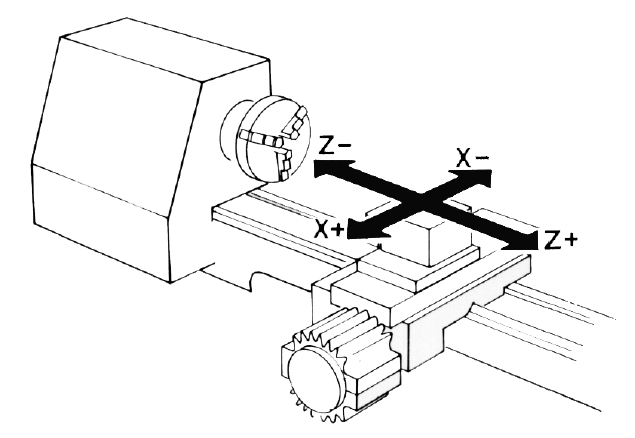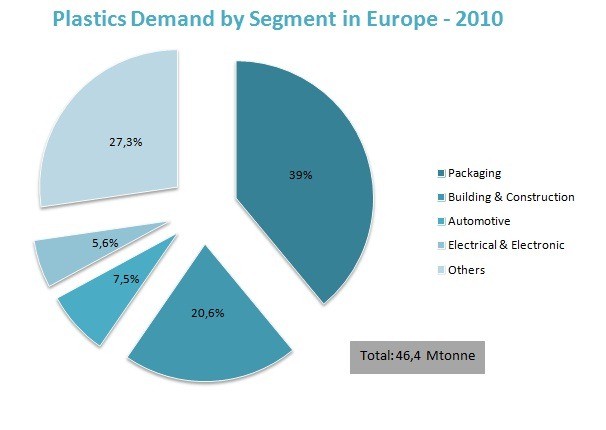Computer Numerical Control (CNC)
The term “computer numerical control” is a widely accepted and commonly used term in the machine tool industry. Numerical control (NC) enables an operator to communicate with machine tools through a series of numbers and symbols.
NC which quickly became Computer Numerical Control (CNC) has brought tremendous changes to the metalworking industry. New machine tools in CNC have enabled the industry to consistently produce parts to accuracies undreamed of only a few years ago. The same part can be reproduced to the same degree of accuracy any number of times if the CNC program has been properly prepared and the computer properly programmed. The operating commands which control the machine tool are executed automatically with amazing speed, accuracy, efficiency, and repeatability.
The ever-increasing use of CNC in the industry has created a need for personnel who are knowledgeable about and capable of preparing the programs which guide the machine tools to produce parts to the required shape and accuracy. With this in mind, the authors have prepared this textbook to take the mystery out of CNC – to put it into a logical sequence and express it in simple language that everyone can understand.
Components of CNC
CNC stands for Computer Numerical Controlled machine tools. These machines cut precise shapes out of materials using a computer numerical control (CNC) program, which controls the position and speed of the cutting tool. In addition, CNC machines can produce complex parts from a single block of material. They are capable of producing extremely high output per unit time at low cost.
There are three major components to any CNC system:
- the controller,
- the table where the workpiece is placed, and
- the machine head that holds and moves the cutting tool.
Other components of a CNC machine may include a coolant line, vacuum pump, software program, safety devices, and a quality assurance device.
The Controller
A CNC controller consists of two units — a programmer/controller and a display monitor. The programmer/controller communicates with the CNC machine and reads the instructions received from the operating software. A display monitor displays the information sent by the programmer/controller.
The Programmer/Controller
Most programmers/controllers consist of a keyboard, mouse, graphics tablet, and screen. These devices have a built-in microprocessor that coordinates the movements of the machine based on user input. Programming is accomplished by typing commands into the keyboard, moving the cursor across the screen, clicking buttons, and pressing keys.
The Display Monitor
The display monitor consists of a touch sensitive screen and a CRT (cathode ray tube). The CRT is connected to the programmer/controller via a video cable. When the user touches the screen, a signal is transmitted to the programmer/controller. Based on data displayed on the screen, the programmer/controller makes adjustments to the machine’s movement.
The Table
A CNC table is a flat surface upon which the object being machined is mounted. It is equipped with rollers that allow the work piece to move smoothly along its axis. To prevent the object from rolling off the table, holes should be drilled into the table. The size of these holes is determined by the diameter of the screw that supports the center roller of the table.
The Machine Head
A CNC machine head contains the actual cutting tool. It is held in place by bearings and secured by screws. The type of cutter determines how the shape of the end product will look after it is finished. The size of the hole cut (depth) will depend on the type of cutter used.
Safety Devices
To ensure the safe operation of a CNC system, safety devices are installed. These devices are designed to detect various unsafe conditions and shut down the system in order to avoid injury to people or damage to equipment. Safety devices can be mechanical, electrical, fluid, pneumatic, thermal, acoustic, optical, or chemical.
Mechanical mechanisms use physical contact or the lack thereof to activate switches. Electrical mechanisms rely on circuits to turn on or off power. Fluid devices require pressurized fluids to operate. Pneumatics use air pressure to push objects or open valves. Thermal devices employ a temperature sensor to detect overheating or freezing.
Acoustic systems use sound waves that vibrate objects to determine their location. Optical devices measure light intensity. Chemical systems utilize chemicals to detect dangerous situations. Safety devices are designed to meet specific industry standards.
How do a CNC machine Work?
The first CNC machines were built in the 1960s, and they were mainly used for the mass production of metal parts. However, today, CNC machines have become much more sophisticated and powerful, and their applications are almost limitless.
There are two basic types of CNC machines: horizontal and vertical. Horizontal machines cut material horizontally, while vertical machines cut material vertically. There are also different types of CNC machines, including desktop, industrial, and CNC router.
In general, a CNC machine works by using a programmable controller to move the tool along a path according to instructions stored in memory. These programs are created manually or automatically. Manual programs are written by hand and then uploaded to the controller. Automatic programs are created by a computer and sent to the controller over a network.
Once the program is loaded onto the controller, the controller moves the tool holder to the correct position, where the tool is placed. Then, the tool is moved down to the workpiece and performs the desired task. Afterward, the tool is removed, and the workpiece goes back to its original position. Finally, the cycle repeats until the entire job is finished.
Milling Machine
The milling machine has always been one of the most versatile machine tools used in industry. Operations such as milling, contouring, gear cutting, drilling, boring, and reaming are only a few of the many operations which can be performed on a milling machine. The milling machine can be programmed on three axes:
• The X axis controls the table movement left or right.
• The Y axis controls the table movement toward or away from the column.
• The Z axis controls the vertical (up or down) movement of the knee or spindle.
 The main axes of a vertical machining center.
The main axes of a vertical machining center.
Applications of CNC
CNC Cutting Machine Uses in Manufacturing Industry :
• Woodworking
• Tooling
• Plastic fabrication
• Metal fabrication
• Textile processing
• Leather processing
• Machining
• Fabrication
• Furniture making
• Jewelry making
FAQs in Computer Numerical Control
- How does a computer numerical control (CNC) machine work?
A CNC machine is programmed using a software program called G-code. G-code stands for “Graphic Code” and is essentially a series of instructions for the CNC machine to follow. These instructions tell the machine what to do step by step. - What is the difference between a milling machine and a lathe?
Milling machines cut material whereas lathes turn material. A lathe uses a spinning head to spin a piece of wood or metal and remove material, while a milling machine uses a rotating cutter head to do the same thing. - What is the difference in function between a milling machine, drill press, and router?
Drill presses and routers are both tools used to make holes in materials. Drill presses use a bit attached to a shaft, whereas routers use a rotary cutting tool. Both tools have different purposes; however, they can be used interchangeably. - What is the difference between a milling machine, lathe, and drill press?
Milling machines are used to create flat surfaces, drills are used to create holes, and lathes are used to create cylindrical objects. - What is the difference between a milling machine and a lathe?
Lathes are used to create a circular object, while mills are used to create a flat surface. - What is the difference between a milling machine and a drill press?
The main difference between milling and a drilling machine is the shape of the tool that creates the hole. Milling machines use a round cutter head to create a circular hole, while drill presses use a square or hexagonal-shaped bit to create a hole. - What is the difference between a milling machine and a router?
Routers are used to create straight cuts, while milling machines are used to create curved surfaces.






